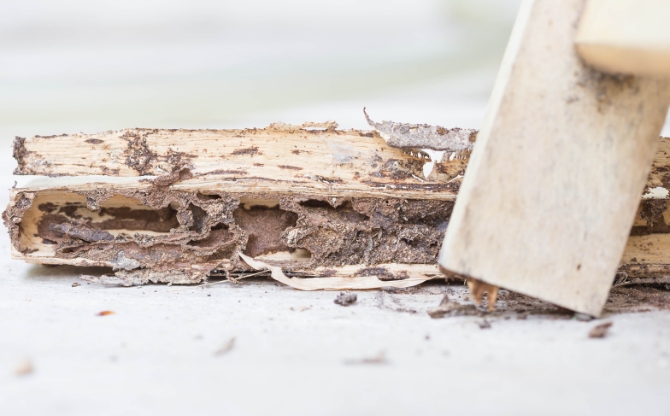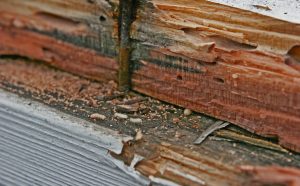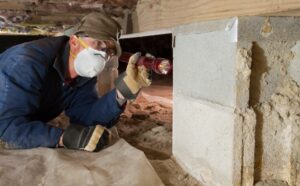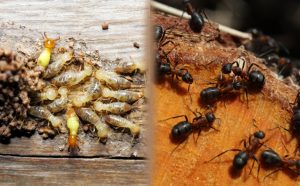Termites are small, social insects found in many parts of the world. They live in colonies that range from a few hundred to millions of members. They feed on wood, leaves, grass, and other plant matter. Termites mostly build their nests underground but they may also inhabit trees or walls if they are exposed to moisture.
Termites play an important role in breaking down dead and decaying plants and animals into soil nutrients for new growth. While they are beneficial for the environment, they can also cause significant damage to structures made of wood or other cellulose-based materials.
Measuring between 1/8 and 1/4 of an inch long, with white or yellowish-brown colouration, they have six legs that help them move quickly. Termites also have two sets of wings, which they use to fly when swarming during mating season.
There are approximately 2,000 species of termites in the world. In Singapore alone, there are more than 70 species of termites. These include dry wood termites, damp wood termites, and subterranean termites.
What Attracts Termites?
Termites are attracted to moisture and warmth, as well as food sources like soft wood, cardboard, paper, and fabric. Termites typically live in dark places where it is warm such as basements, wood piles, and tree stumps. If you notice small tunnels or mounds of dirt in your basement or around your windows, you may have a termite infestation. You can also look for mud tubes along the walls of your home or any other signs of wood damage.
Note that termite infestations can only be resolved with professional help. If you notice that your home has an infestation you can request termite removal services from any pest control company.
Mulch
Mulch is the ideal environment for termites as it serves as a food source and shelter for them. Mulch is especially attractive for them because it contains cellulose, which is what they eat.
Additionally, mulch can insulation for the colony, and protect from predators. The moisture in mulch keeps the soil moist and makes it easier for termites to burrow through. For these reasons, managing the amount of mulch around your home is important in preventing a termite infestation. To reduce the risk of infestation, you should avoid having more than two inches of mulch around your home and make sure to not pile mulch up against your foundation.
Basements
Basements are ideal habitats for termites because they provide the necessary elements that the pests need to survive. First of all, basements typically have a lot of wood and other cellulose-based materials, such as cardboard and paper, which are the primary food sources for termites.
Additionally, basements often lack adequate ventilation, providing an enclosed environment that is dark, damp, and warm which are ideal conditions for termites to thrive in. Basements can also be difficult to inspect or repair if damage occurs due to their location inside the home or structure. As a result, it can be difficult to detect a termite infestation before it has caused significant structural damage.
Wood Piles
Wood is a great food source for termites. The cellulose in wood is an essential part of their diet, and they often feed on dead or decaying wood that has been left behind. Wood piles are also an ideal place for termites to establish a colony as they need moisture and protection from the elements to survive.
Additionally, the dark environment found within many wood piles can provide cover from predators such as birds and other animals that may be interested in eating them. Finally, the presence of other sources of nutrition like fungi, mosses, and bacteria can help to attract more termites to a given location.
Tree Stumps
Termites are attracted to tree stumps for a variety of reasons. The most common is the abundance of wood in the area and trees provide easy access to food and shelter for termites. Tree stumps are also considered dead wood which can become soft and moist, so it provides a moist environment where termites can thrive.




